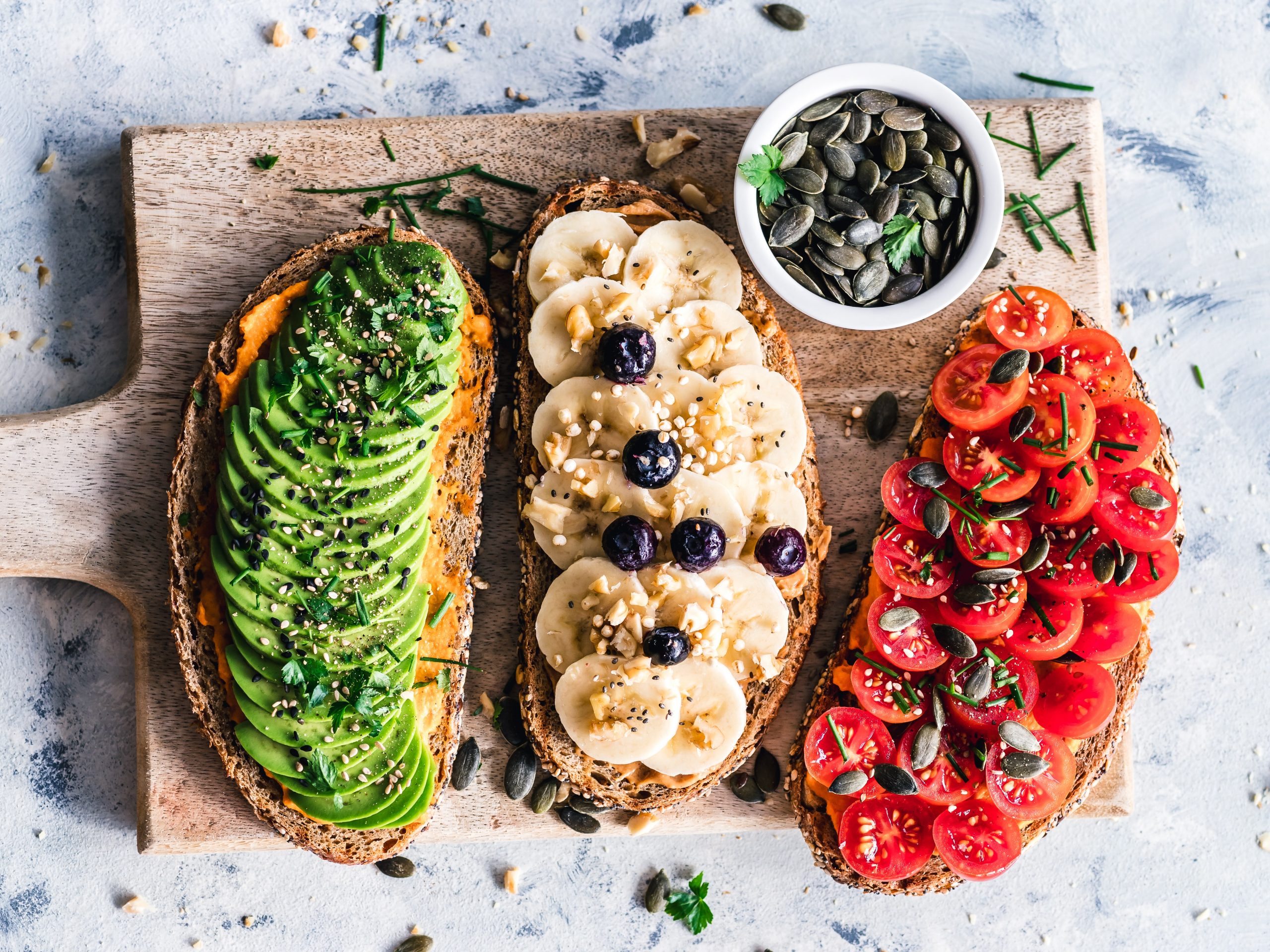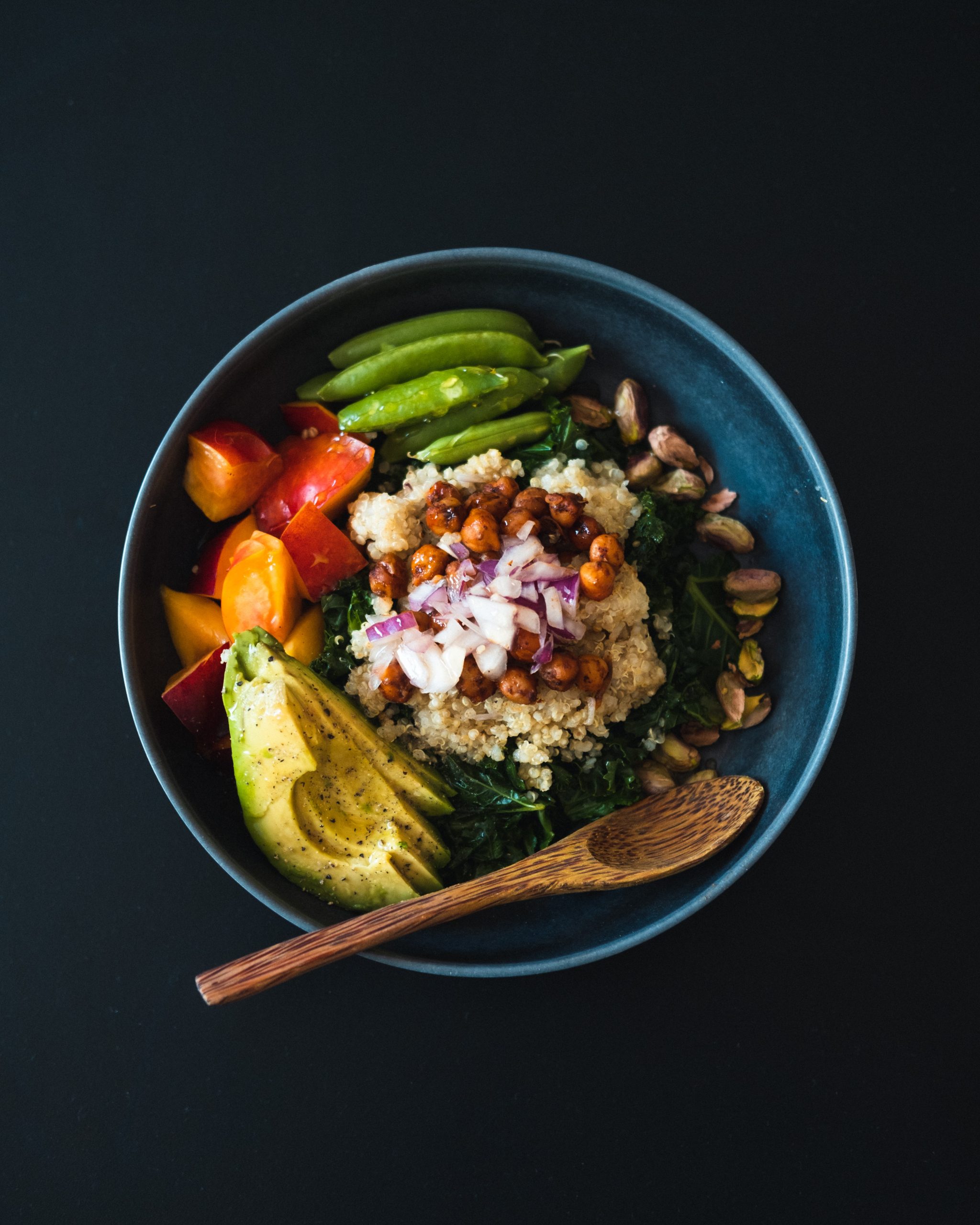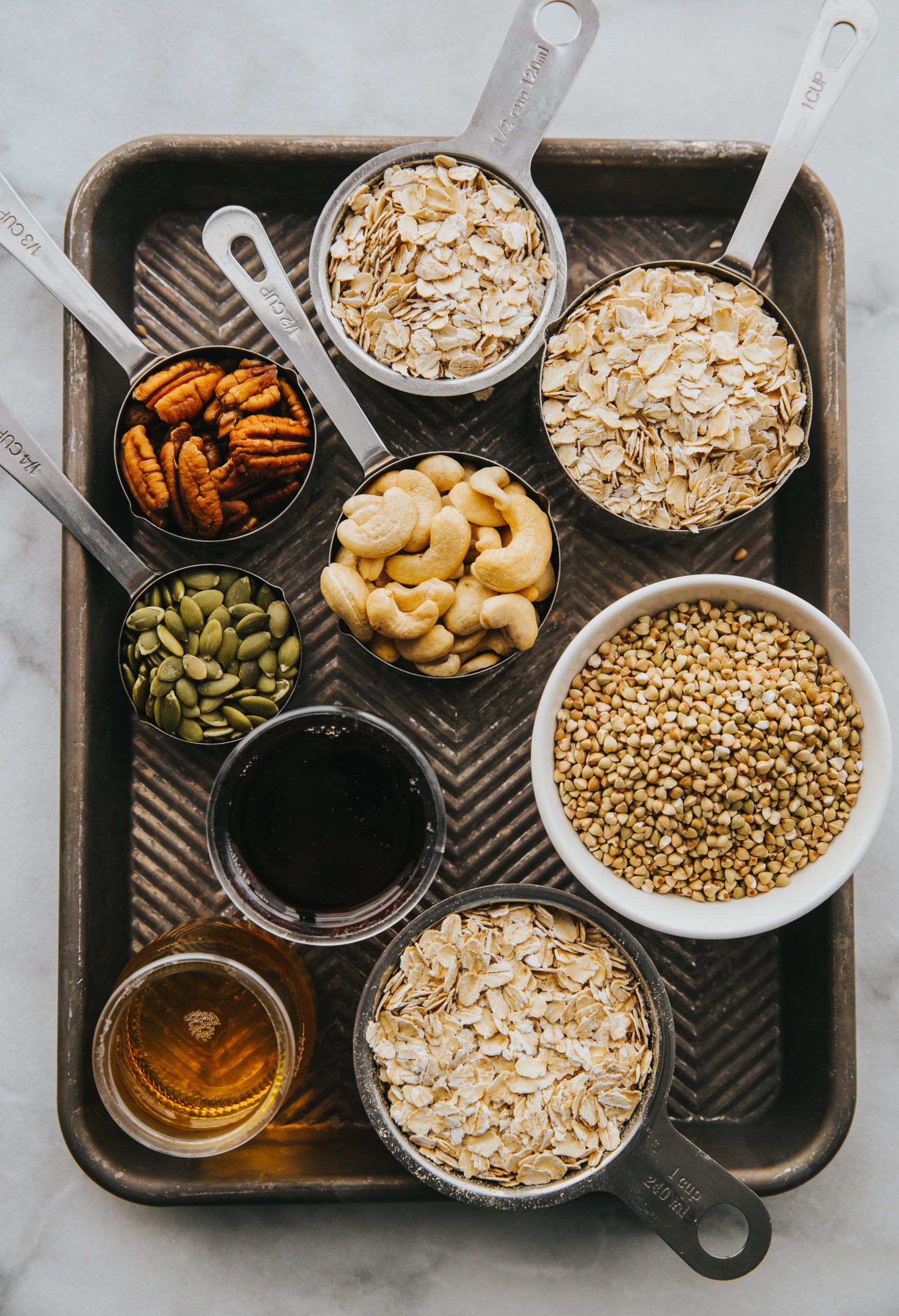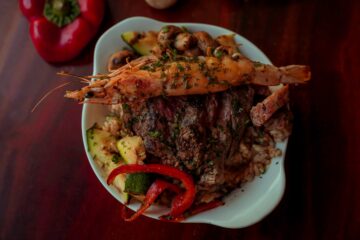A gluten-free diet eliminates any foods containing gluten, a protein present in wheat, and numerous other cereals. It means consuming only naturally gluten-free foods including fruits, vegetables, meat, eggs, and non-processed grains like gluten-free bread or pasta.
Gluten is a protein family found in wheat, barley, rye, and Spelt. The Latin word for glue is the source of its name. When combined with water, it gives the flour a sticky consistency. This glue-like feature of gluten aids in the formation of a sticky network, which allows the bread to rise when baked. Additionally, it gives the bread a satisfyingly chewy texture.
Some people experience unpleasant gastrointestinal symptoms after consuming gluten-containing meals. People with celiac disease are susceptible to severe reactions. An autoimmune condition known as celiac disease occurs when the body wrongly attacks itself after consuming gluten. At least 1% of people in the West have celiac disease, which can harm the intestines.
Health Issues That Can be Managed by Gluten-Free Diet:
Celiac Disease:
is a disorder in which the consumption of gluten sets off immune system reactions that harm the small intestine lining. In those who have celiac disease, consuming gluten damages the lining of the small intestine, which can result in long-term digesting issues as well as a variety of unpleasant symptoms, including exhaustion.
In addition to symptoms that affect the digestive system, such as osteoporosis, anemia, headaches, and joint pain, celiac disease symptoms can also include diarrhea, constipation, gas, nausea, and abdominal pain.
Wheat Allergy:
Like other food allergies, wheat allergies are brought on by the immune system mistaking a protein contained in wheat, such as gluten, for a pathogen, such as a virus or bacteria. The immune system produces an antibody against the protein, resulting in an immune system reaction that may cause congestion, breathing difficulties, and other symptoms.
Non-celiac Gluten Sensitivity:
Non-celiac gluten sensitivity (NCGS) can be difficult to identify because it mirrors symptoms of a variety of other digestive problems, and most symptoms in scientific research are self-reported by participants.
Though the signs and symptoms of NCGS differ from person to person, they may include sadness, brain fog, bloating, abdominal discomfort, diarrhea, exhaustion, and joint pain.
Gluten Ataxia:
Gluten ataxia is an uncommon illness that falls under the gluten-related conditions umbrella. In contrast to the digestive system, it affects the brain, and the harm it does to the brain is permanent.
According to studies, gluten can induce ataxia in some people by setting off an autoimmune attack on the cerebellum, the region of the brain in charge of activities like balance and coordination.
Ataxia can cause a variety of symptoms, such as trouble using the arms and legs, difficulty speaking, problems with vision, and challenges with balance and coordination.
Gluten-Free Diet Health Benefits:
Helps Relieve Digestive Symptoms:
To treat digestive issues, the majority of people try a gluten-free diet. This covers a variety of signs, like:
- diarrhea or constipation
- gas
- fatigue
- bloating
According to research, those who have celiac disease or NCGS may find their digestive symptoms improve when they adopt a gluten-free diet. As opposed to those on a gluten-free diet, those who didn’t adhere to it had much higher rates of gastrointestinal problems like diarrhea and indigestion.
It Help Boosts Energy:
People who have celiac disease frequently experience fatigue or sluggishness. Additionally, they can encounter brain fog, which is characterized by fuzziness, forgetfulness, and difficulty concentrating.
These signs and symptoms could be the result of vitamin deficits brought on by gastrointestinal injury. For instance, a lack of iron can cause anemia, which is typical of celiac disease. If you have celiac disease, changing to a gluten-free diet may help you feel more energized and prevent fatigue.
Reduces Chronic Inflammation in Patients with Celiac Disease:
The body uses inflammation as a natural defense mechanism and as a healing process for infections. Inflammation can occasionally outgrow control and persist for years. This is referred to as chronic inflammation and could eventually cause a number of health issues.
Those with celiac disease may experience less chronic inflammation thanks to a gluten-free diet. In fact, persons with celiac disease may benefit from a gluten-free diet since it can lower inflammation markers like antibody levels and may also help treat intestinal damage brought on by inflammation linked to gluten.
Does Gluten-Free Diet Help in Losing Weight?
Once you begin a gluten-free diet, weight loss is common. Many processed, high-calorie items are eliminated from the diet, and they are frequently replaced with fruits, vegetables, and lean proteins.
In order to reduce weight, stay away from processed gluten-free foods like cakes, pastries, and snacks. They can rapidly increase the number of calories in your diet.
Instead, concentrate on consuming a lot of whole unprocessed foods like fruits, vegetables, and lean proteins to meet both your nutritional needs and your goal of maintaining a healthy weight.
Foods That You are Allowed to Eat:
Many foods are gluten-free by nature. These consist of:
- fruits and vegetables
- eggs
- fresh meats
- white rice
- fish and poultry
- unprocessed beans
- tapioca
- seeds and nuts
- most dairy products
- grains including millet, arrowroot, flax, quinoa, buckwheat, corn, and cornmeal.
- There are now many gluten-free alternatives available in grocery shops, including bread and pasta.
What To Avoid:
The following list of gluten-containing foods
- any food made with cereals such as wheat, barley, triticale, rye, and malt
- bread
- beer
- French fries
- Pasta
- Processed meats
- Soups
- Some candies
- Many desserts
- Cereals
- Cakes and pies
- Sauce mixes
- Brown rice syrup
- Some types of soy sauce
- Self-basting meat
- Malt derivatives, such as malt loaf, malt vinegar, brewer’s yeast, and malt-based beer, as well as malted milk or milkshakes.
Other foods, particularly processed meals, may have hidden gluten. Check the food label to ensure there is no gluten in the item if you need to stick to a gluten-free diet.
Gluten-Free Diet Meal Plan for One Day:
Breakfast:
Omelets with vegetables
Lunch:
Quinoa salad with tomatoes, cucumber, spinach, and avocado
Dinner:
Shrimp skewers and a garden salad.
To Sum Up:
Contrary to common belief, there is little proof that following a gluten-free diet is healthy for those who do not have a gluten intolerance disorder like celiac disease or non-celiac gluten sensitivity.
The only effective treatment for celiac disease is a gluten-free diet. It’s crucial that a person gets enough nutrients from other dietary sources when eliminating sources of gluten from their diet.
Other Options for Health Diet:
- Anti-Inflammatory Diet
- The Sirtfood Diet – Plant-based diet
- Dietary Approach to Stop Hypertension (DASH)






0 Comments